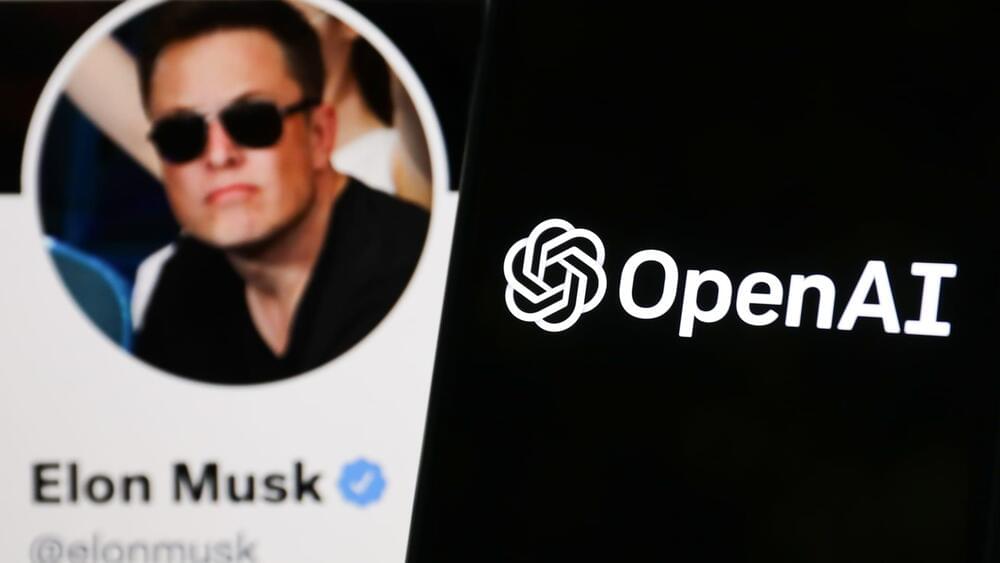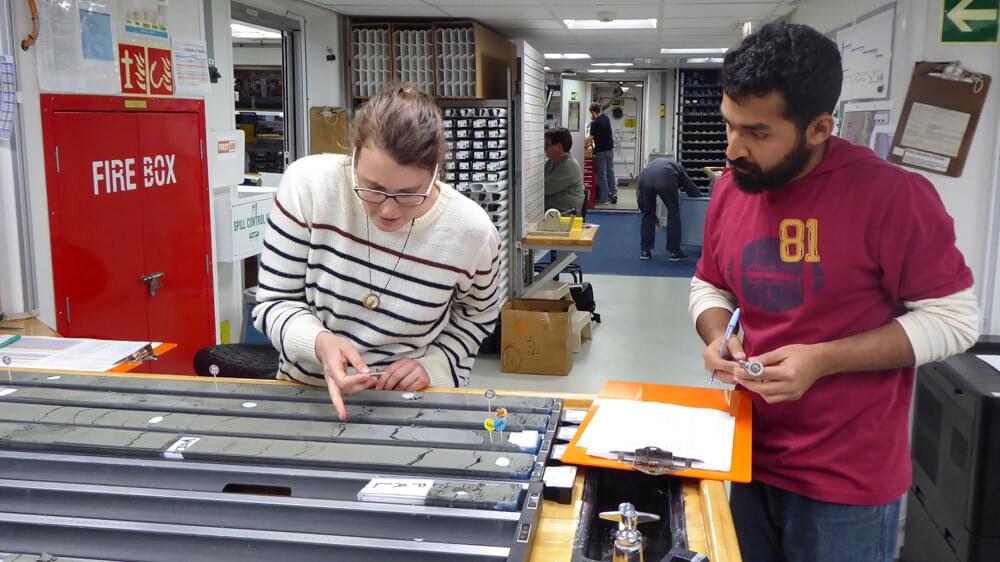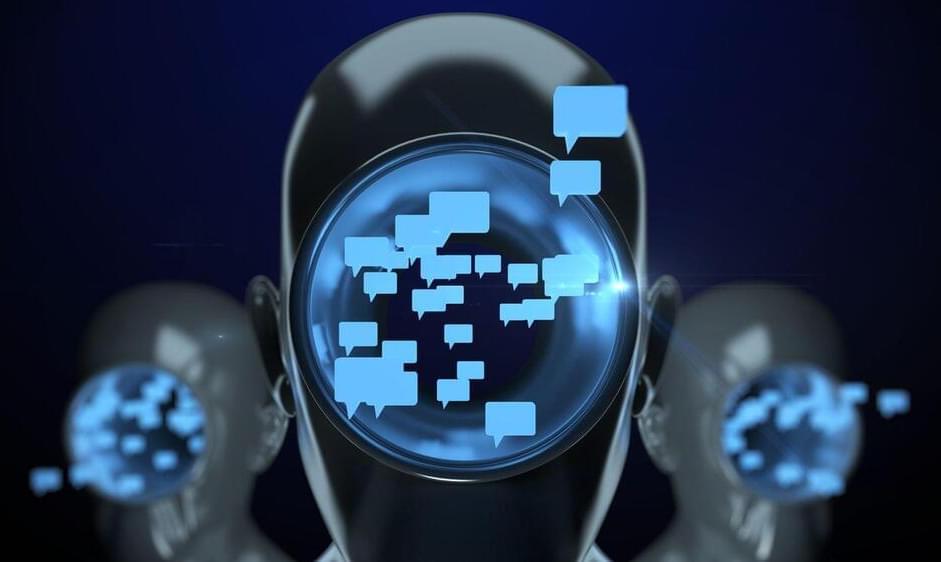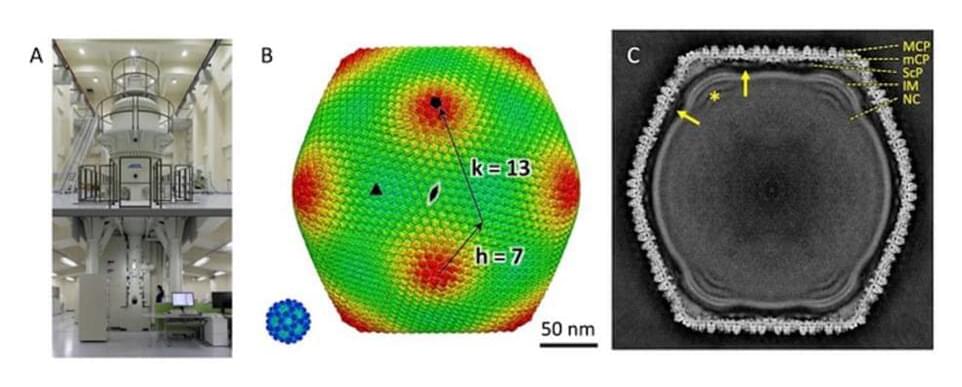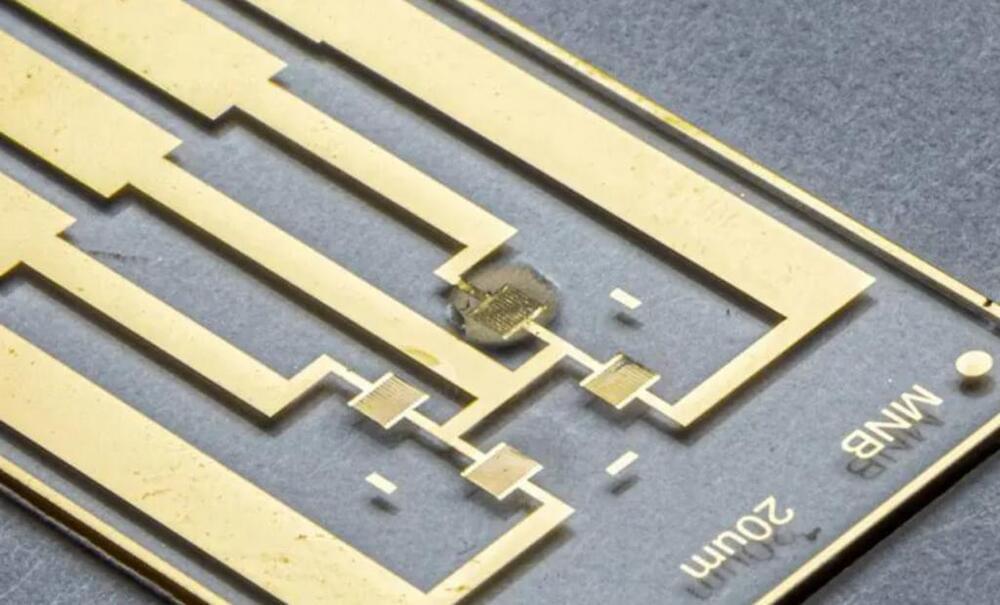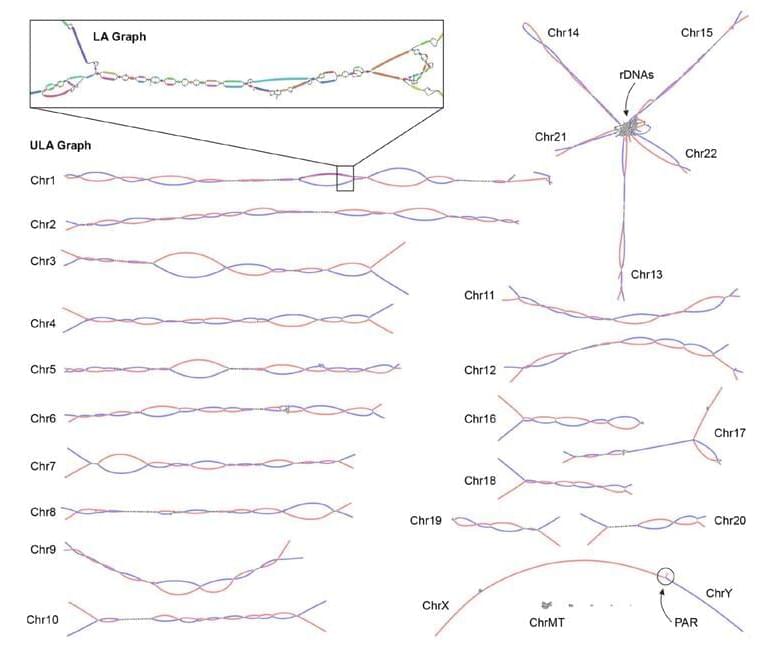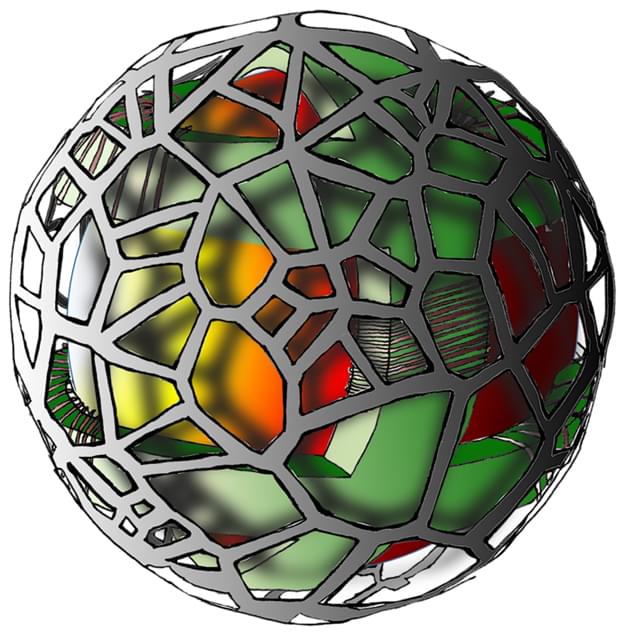Feb 16, 2023
Elon Musk, who co-founded firm behind ChatGPT, warns A.I. is ‘one of the biggest risks’ to civilization
Posted by Raphael Ramos in categories: Elon Musk, robotics/AI
Musk is co-founder of OpenAI, the U.S. startup that developed ChatGPT — a so-called generative AI tool which returns human-like responses to user prompts.
ChatGPT is an advanced form of AI powered by a large language model called GPT-3. It is programmed to understand human language and generate responses based on huge bodies of data.
ChatGPT “has illustrated to people just how advanced AI has become,” according to Musk. “The AI has been advanced for a while. It just didn’t have a user interface that was accessible to most people.”
